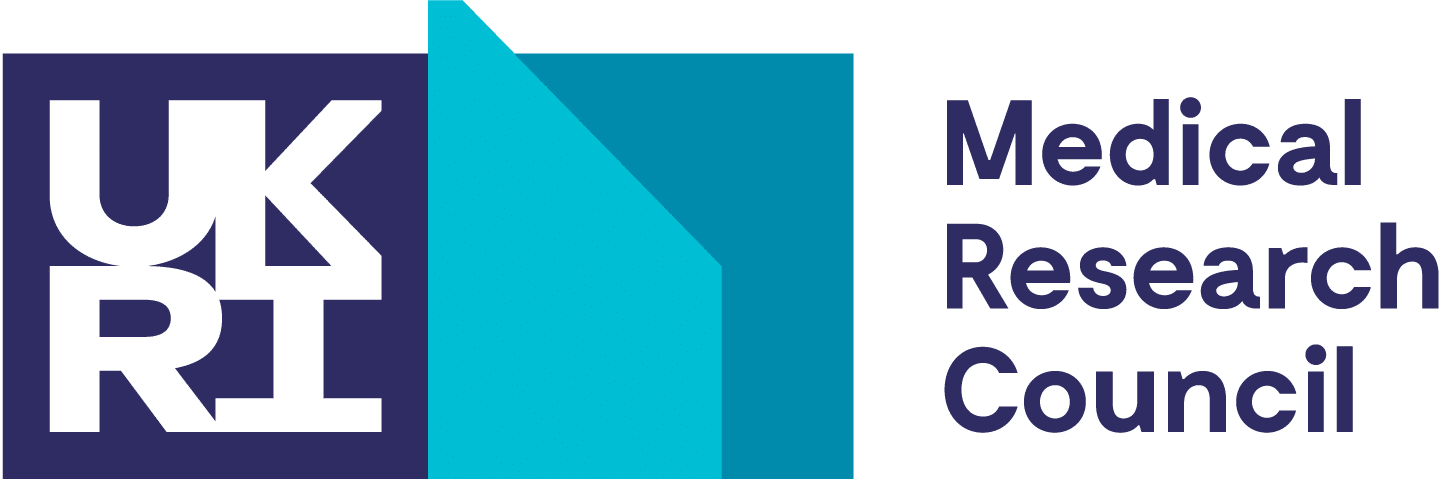Home > Research Hubs > Pluripotent stem cells and engineered cells (PSEC) > Case Studies

Universal platelets for patients with rare blood groups
Patients with rare blood groups often struggle to find compatible platelets and other blood products when they need a transfusion. Universal platelets, which do not require being matched for blood type or Rhesus factor, could be a life-changing solution to this problem.
Dr Cedric Ghevaert and Dr Moyra Lawrence at the University of Cambridge are working on reprogramming stem cells to generate universal platelets for use in transfusions. Platelets are responsible for clotting, and every year 280,000 platelet units are transfused in the UK into patients after trauma, surgery, cancer treatment or inherited bone marrow failure. Platelets are usually obtained from blood donations, so it can be tricky to find compatible matches for patients with rare blood groups. Platelets also have a short shelf-life, i.e. they can only be kept for 5-7 days at room temperature, so that at times of reduced donor availability, shortages can occur.
The team has already pioneered a system for generating a ‘master cell’ called a megakaryocyte from human induced pluripotent stem cells (iPSCs). Megakaryocytes are responsible for producing hundreds of millions of platelets every day, so this was the first step towards generating universal platelets in the lab. The team then used gene editing tools to develop a protocol to consistently make high-quality platelets from these megakaryocytes. Next, to convert this process from a laboratory experiment to a manufacturing process, the team transitioned from using lab-grade reagents to reagents compatible with large scale manufacturing, called GMP-compatible reagents. Good Manufacturing Process (GMP) is a system for ensuring that products are consistently produced and controlled according to quality standards.
This key step is crucial for accelerating progress into the clinic, so that universal platelets can be tested in clinical trials. These protocols and methods can also help other scientists working on making other products from stem cells. Being a part of the Pluripotent Stem Cell and Engineered Cell (PSEC) Hub of UKRMP allowed Dr Lawrence to work closely with a range of interdisciplinary experts, speeding up the dissemination of knowledge and best practice in the rapidly evolving field of regenerative medicine (1).
Reference 1: Lawrence et al. (2021), npj Regen Med 6, 27. https://doi.org/10.1038/s41536-021-00138-y
Survival of the fittest stem cells: new insights for stem cell culture
Studying how stem cell populations behave in prolonged culture conditions has led to new insights into a previously unexplained phenomenon. This advance in knowledge can help design strategies to minimize the negative effects of mutant stem cells and improve current protocols for expanding populations of stem cells for research and clinical applications.
Dr Ivana Barbaric and Dr Chris Price at the University of Sheffield are studying how populations of stem cells gain different mutations when grown in cell culture for prolonged periods of time. These mutations can eventually give some stem cells a fitness advantage so they can outcompete and kill the normal stem cells in the population. Understanding how this happens can help researchers develop strategies to minimize the damage, so that stem cells can be grown for clinical use in regenerative medicine.
The team has shown for the first time that mutant human pluripotent stem cells (hPSCs) become dominant in a stem cell culture population through competitive interactions that eventually eliminate the normal stem cells. This elimination happens when the mutant stem cells push and squeeze the normal stem cells, causing a redistribution of a key protein called YAP which then induces the normal stem cells to activate programmed cell death, or apoptosis. Manipulating the levels of YAP in cell culture can then shift the balance of power, removing the advantage from the mutant stem cells. Dr Price has used this insight to design cell culture conditions that reduce stem cell competition and provide a platform for optimizing ways to grow hPSCs safely for research and clinical applications (2).
Reference 2: Price et al. (2021), Developmental Cell. https://doi.org/10.1016/j.devcel.2021.07.019
Case studies written by Dr Buddhini Samarasinghe, Science Writer, MRC



